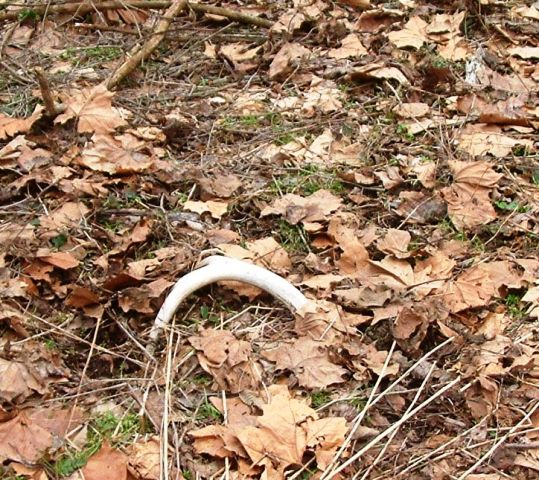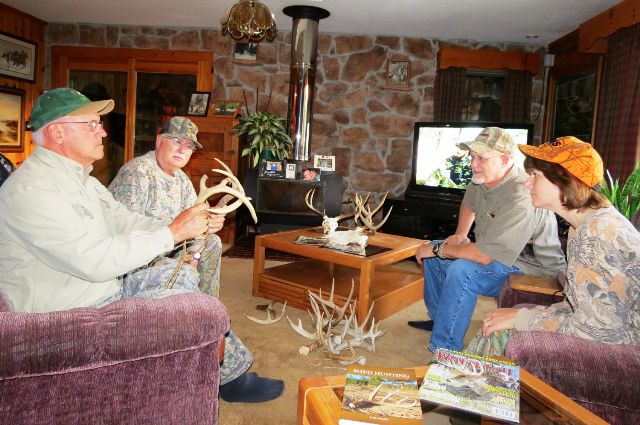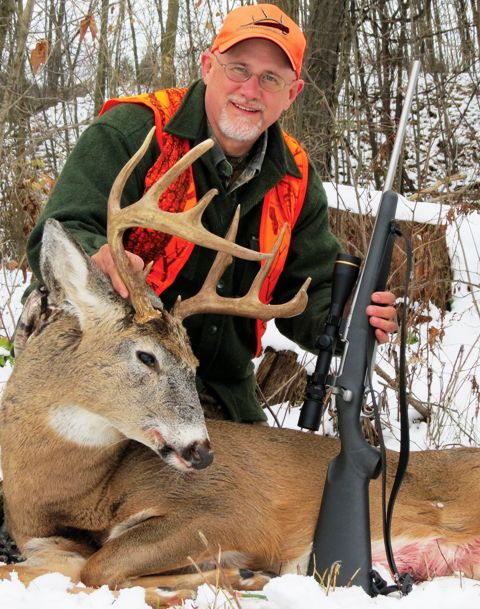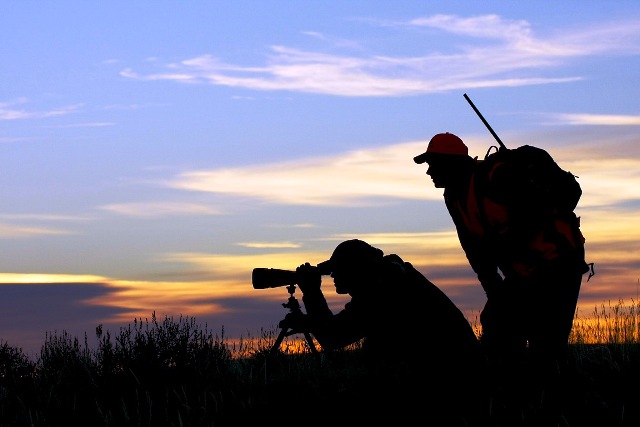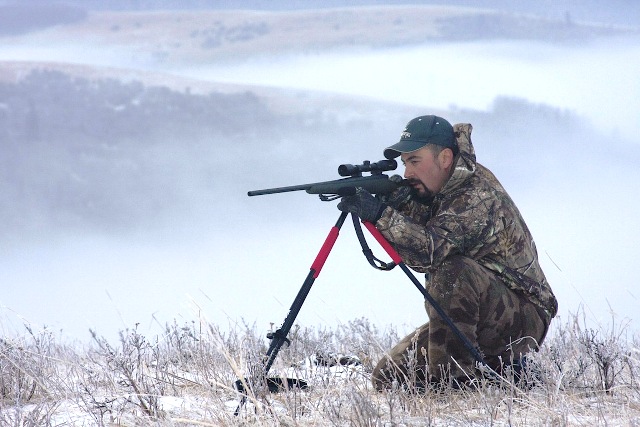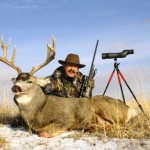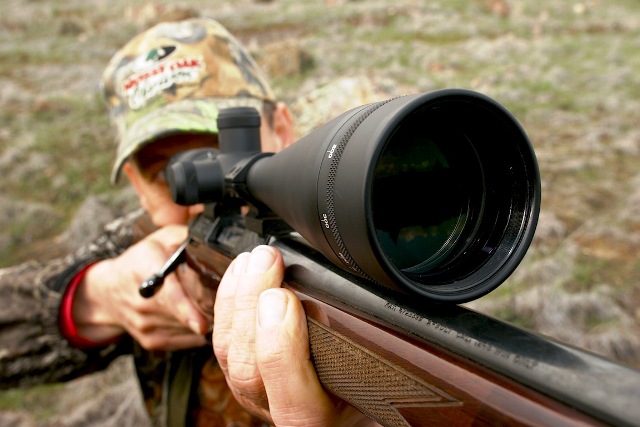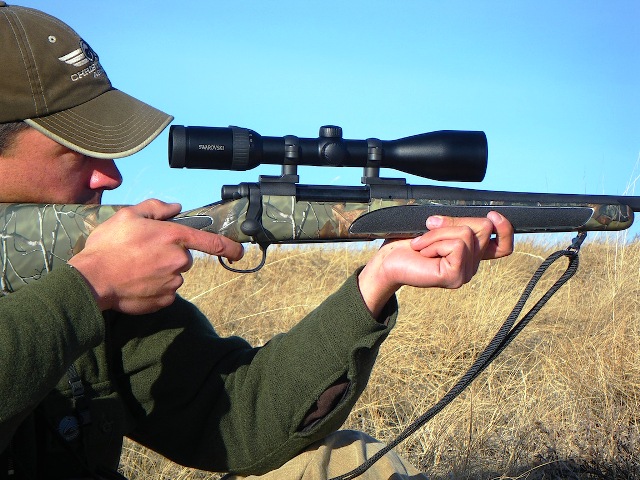by Steve Sorensen
How to choose from the three main types of shotguns.

I have taken spring gobblers with a variety of shotguns. This one was taken with a single-shot. Its light weight was appreciated, considering the mountain I had to climb to get to the 22-pound bird.
“A shotgun is a shotgun.” Back when I started hunting turkeys that’s what we thought. The biggest issue was whether we should buy a 12 gauge or a 20. Some opted for the ‘tweener, the 16 gauge. In those days most guns had 2¾” chambers. A few were 3″ long. That, and the style of shotgun, pretty much sums up what we needed to consider.
A lot has changed. Today’s 3½” magnum chamber wasn’t even in the dreams of gun makers in those days, and the non-technical hunter can easily get confused talking about chokes, forcing cones, optical sights, and ammo. But the first question is still: Single-shot? Pump? Or auto-loader?
Like everything else today, turkey hunting has become specialized. And the guns we use are well-advanced over what your granddad carried. His venerable single shot killed gobblers graveyard dead, but turkeys may have been incidental to his hunting. His purposeful quarry was rabbits, squirrels, and pheasants; gobblers often came as a bonus.
Here, we’ll leave the technical issues aside and consider what’s safe and what makes sense for the beginning turkey hunter.
Single-Shot
Break-open single-shot shotguns are simple enough for a cave man to use, but a single-shot can make a great turkey gun today both for hunters starting out and also for seasoned hunters.
Safety is always the first consideration, and no firearm is safer than the one that has just fired its only shot. Do you think you need a back-up shot? Many seasoned turkey hunters rely on a single-shot because they don’t shoot birds at marginal ranges. They shoot when they know they can kill the turkey.

A pump-gun is the jack-of-all-trades in the shotgun world, and it’s especially popular in the turkey woods. Team it with a good box call, and it’s all you need. Oh yeah—and a nice big cherry tree to sit against. This pump is Remington’s 870 ShurShot, dressed up and fine-tuned for spring gobblers.
The simplicity of a single-shot gives it two other advantages. One is that it’s less expensive. It’s a simple concept with few moving parts, easy take-down, and so it’s less expensive to design and manufacture. The consumer benefits by paying a lower price.
The other advantage of a single-shot is that it’s light. A slim stock, slimmer forearm, simple bead sight, no magazine to store shells and a simple break-open action make the one-banger perfect for turkey hunters who don’t want a lot of weight encumbering them as they cover lots of ground in search of lovelorn gobblers. Plus, it’s fast and easy to clean.
What about needing a follow-up shot? It’s usually not necessary, but exceptions do arise. However, a single-shot is no handicap because it reloads faster than any other type of shotgun action. Just keep an extra shell where you can reach it without fumbling.
“What about a double barrel?” you ask. I shot my first gobbler with an old Ithaca double. It shares some characteristics with single-shots, but cost isn’t one of them. Older doubles are collectible, driving prices up. I’m definitely not against double barrel shotguns, but for all practical purposes, a double barrel gives you no significant edge in the turkey woods.
Pump-Action
The slide-action is the most popular shotgun in the turkey woods, and for good reason. A pump shotgun is still pretty simple, and still fairly light. I shot lots of turkeys with an old Ithaca Model 37 Featherlight pump made in 1962. Its only disadvantage was that it was limited to 2¾” shells, but with magnum loads, it will always be an effective turkey killer. With today’s 2¾” turkey loads, it’s enough to kill a gobbler at distances to 30 yards or more, depending on how tightly the load patterns.
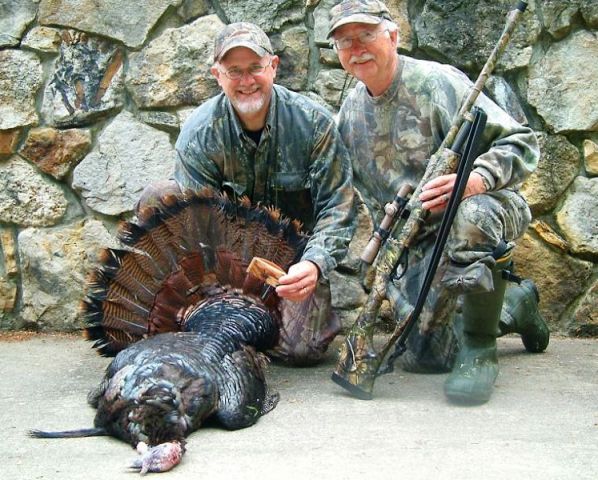
The only turkey I ever needed to chase down after shooting it. Fortunately I had a buddy’s help. The most dangerous moment in the turkey woods is when a hunter is running down a gobbler while carrying a loaded gun with the safety off. One word—DON’T!
My old Ithaca never let me down, but was more suited to rabbits and pheasants. So I graduated to a more specialized shotgun. I opted for another pump, Remington’s 870 dressed out in camo with their unique ShurShot stock that helps diffuse recoil. It comes with rifle-style TruGlo® fiber-optic sights, and is drilled and tapped for scope sights.
The pump-action shotgun can be as safe as a single-shot and in my opinion is safer than an auto-loader. Imagine yourself shooting at a gobbler, he drops, but you end up running through the woods to chase him down. If you have an auto-loader, the action has already cycled a live round into the chamber and you’re running through the woods with a loaded gun, safety off. That’s a prescription for disaster. When you’re anticipating a second shot, putting the safety on is a hard habit to form, but a pump can remain empty until you deliberately cycle a fresh round into the chamber for another shot.
Semi-Auto
Semi-auto shotguns (also called auto-loaders) have two advantages and two disadvantages. The advantage is they offer a quick follow-up shot. That advantage is greater when shooting at running or flying game. Your normal shot in the spring gobbler woods is a head shot on a turkey standing still. If you’ve called him to the right range, you shouldn’t miss. The other advantage is that semi-autos produce less felt recoil because part of the energy from the shot cycles the action.
The disadvantages are that an auto-loader is often heavier because they have more moving parts, they’re expensive because it costs more to make them, and they’re more complex than single shot or pump actions so more can go wrong. But if you don’t like the recoil of lighter guns, can handle a semi-auto- safely, and don’t mind spending more, then go for it.
Bottom line is that no turkey hunter will ever be under armed with a single-shot or a pump. Neither will ever go out of style in the turkey woods.
***
About Steve Sorensen
 Outdoor writer and speaker Steve Sorensen is the author of Growing Up With Guns, writes an award-winning newspaper column called The Everyday Hunter®, and is the editor of the Havalon Sportsman’s Post. He has also published articles in Deer & Deer Hunting, Outdoor Life, and many other top magazines across the USA. Invite Steve to speak at your next sportsman’s event, and follow him at www.EverydayHunter.com.
Outdoor writer and speaker Steve Sorensen is the author of Growing Up With Guns, writes an award-winning newspaper column called The Everyday Hunter®, and is the editor of the Havalon Sportsman’s Post. He has also published articles in Deer & Deer Hunting, Outdoor Life, and many other top magazines across the USA. Invite Steve to speak at your next sportsman’s event, and follow him at www.EverydayHunter.com.
7,912 total views, no views today


